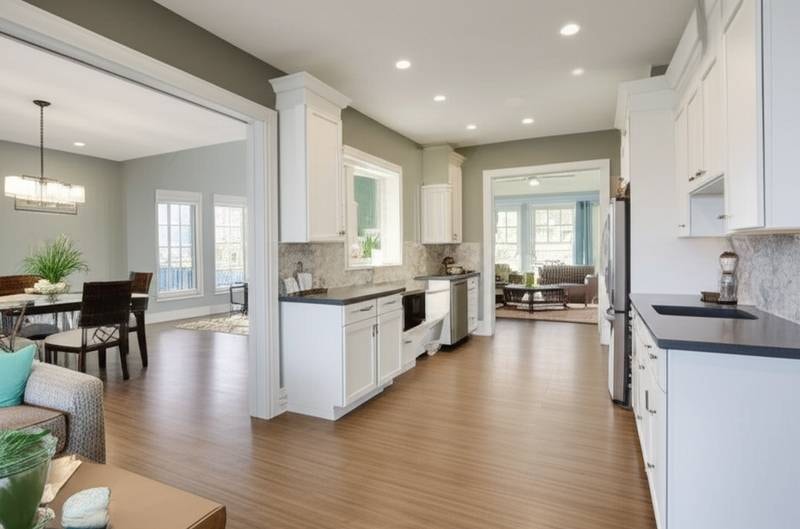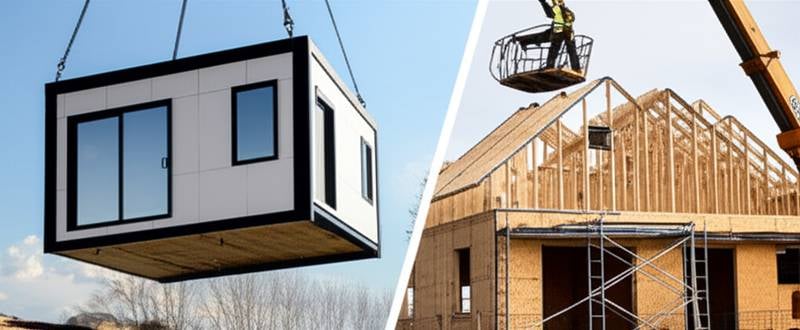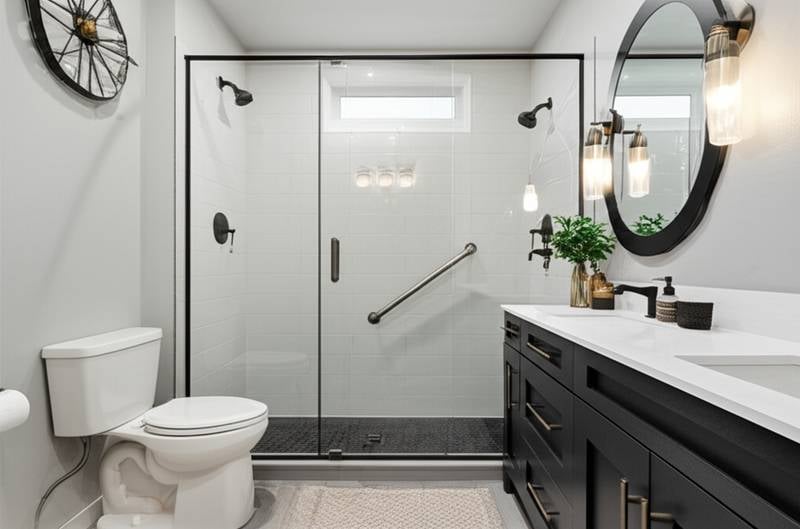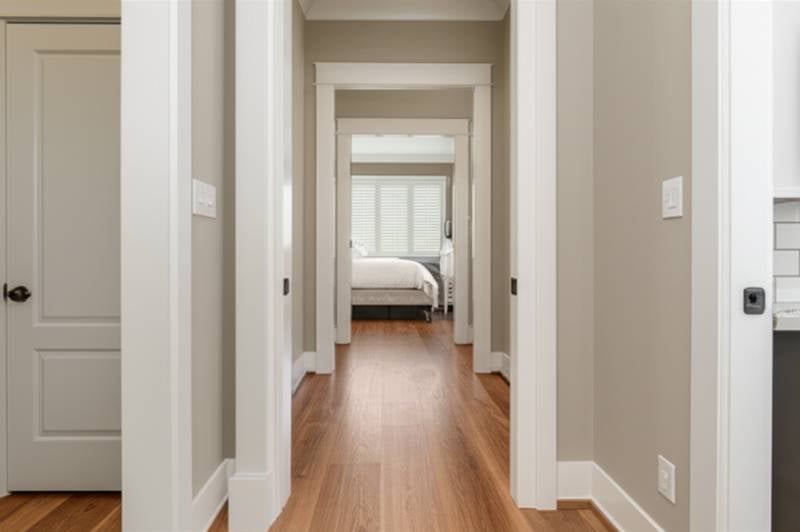Understanding Accessible Home Remodels in 2025
Accessible home remodels enhance living spaces for individuals with mobility challenges, aging residents, or those planning for future needs. These projects incorporate universal design principles to promote independence and safety without compromising aesthetics. In 2025, costs for such remodels typically span from $14,000 to $90,000, influenced by project scale and location.
Homeowners increasingly prioritize these modifications amid rising awareness of aging-in-place strategies. Professional contractors ensure compliance with accessibility standards while integrating modern features. This guide explores cost factors, project examples, and planning strategies to help you navigate the process effectively.
Key Factors Influencing Costs
Several elements determine the final price of an accessible remodel. Labor rates vary by region, with urban areas commanding higher fees due to demand and material availability. Material choices, from durable flooring to automated fixtures, also impact budgets significantly.
Customization levels play a crucial role; basic updates cost less than bespoke installations. Permits and inspections add 5 to 10 percent to the total expense. Energy-efficient additions, such as LED lighting and smart controls, may qualify for rebates that offset initial outlays.
Inflation and supply chain dynamics in 2025 continue to affect pricing, particularly for imported components like grab bars or ramps. Selecting local suppliers can mitigate these fluctuations. Overall, detailed planning minimizes surprises and keeps projects within financial limits.
Project Breakdown by Scope
Single-Room Updates
Bathroom modifications represent a common entry point for accessibility improvements. Installing grab bars, lever handles, and walk-in showers typically ranges from $14,000 to $25,000. These changes enhance safety and ease daily routines without extensive structural alterations.
Kitchen adjustments, such as lowering countertops or adding pull-out shelves, fall in a similar price bracket. Focus on ergonomic designs that accommodate wheelchairs or reduced mobility. Such targeted updates provide immediate benefits at a manageable cost.
Multi-Room Enhancements
Expanding to multiple areas, like hallways and bedrooms, increases expenses to $30,000 to $50,000. Widening doorways to 36 inches and installing threshold ramps improves navigation throughout the home. These modifications create a cohesive flow for long-term usability.
Incorporating voice-activated systems or motion-sensor lights adds convenience and security. Contractors often recommend phased approaches to spread costs over time. This strategy allows homeowners to assess needs progressively.
Full-Home Conversions
Comprehensive overhauls transform entire properties into universally accessible environments, costing $60,000 to $90,000. These projects include ramps at entrances, elevator installations, and zero-step showers across bathrooms. Structural reinforcements ensure durability and code compliance.
Smart home integrations, such as automated doors and adjustable furniture, elevate functionality. Designers emphasize seamless blending with existing decor to maintain home appeal. Full conversions yield the highest return on investment through enhanced property value and reduced future modification needs.
Planning Your Budget Effectively
Start by assessing your home's current layout and identifying priority areas. Consult with certified accessibility specialists to create a detailed blueprint. This step uncovers potential challenges early and refines cost estimates.
Obtain multiple quotes from reputable contractors experienced in universal design. Compare not only prices but also timelines and warranties. Factor in a 10 to 15 percent contingency for unforeseen issues like plumbing adjustments.
Explore financing options tailored to home improvements, including loans or grants for accessibility features. Document all decisions to track progress and maintain transparency. A well-structured budget empowers confident decision-making.
Strategies to Control and Reduce Expenses
Opt for modular components that install quickly and require minimal disruption. Materials like vinyl flooring offer affordability without sacrificing slip resistance. Prioritize high-impact changes, such as bathroom grab bars, before tackling larger elements.
Schedule work during off-peak seasons to negotiate better labor rates. Reuse existing fixtures where possible to cut material costs. Energy-efficient upgrades may lower utility bills over time, providing ongoing savings.
Collaborate with designers who specialize in cost-effective solutions. Their expertise prevents expensive errors and maximizes value. These approaches ensure your remodel delivers accessibility without exceeding financial boundaries.
Realizing Long-Term Benefits
Investing in accessible remodels fosters independence and comfort for years to come. Properties with these features often appreciate in market value, appealing to a broader buyer pool. Families gain peace of mind knowing their home adapts to evolving needs.
Health improvements from safer environments reduce medical expenses related to falls or strains. Universal design principles benefit all occupants, promoting inclusivity. Ultimately, these projects create enduring spaces that support vibrant, self-sufficient living.











